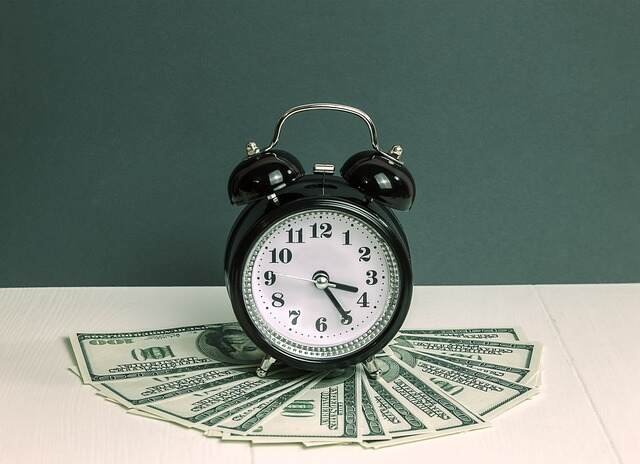Owner Withdrawals: Understanding Drawing Accounts in Business
🔍 What Are Owner Withdrawals?
Owner withdrawals, also known as drawings or distributions, refer to cash or other assets taken out of a business by the owner for personal use. This is a common practice in sole proprietorships and partnerships, where owners don’t usually pay themselves a salary like in a corporation. Instead, they take “draws” from the business, which reduce their capital account.
💡 Note: In corporations, distributions to owners are typically referred to as dividends.
🧾 What Is a Drawing Account?
A drawing account is a temporary ledger used to record all withdrawals made by a business owner during an accounting period. At the end of the period, this account is closed and its balance is transferred to the owner’s capital account. This practice helps track how much the owner has withdrawn over time.
🧮 How Are Owner Withdrawals Recorded?
When an owner withdraws money, it affects two accounts:
Debit the Drawings (or Owner Withdrawal) account
Credit the Cash or Bank account
Example 1:
Let’s say Sarah, who owns Sarah’s Handmade Goods, withdraws Rp 5.000.000 for personal use.
At the end of the fiscal year, this amount will be closed to her capital account, reducing her equity in the business.
📉 How Withdrawals Affect Taxes
In most countries, including the United States:
Owner’s draws are not directly taxable at the time of withdrawal.
However, net profits of the business are still taxable on the owner’s personal tax return.
In the U.S., you must report and pay self-employment taxes (for Medicare and Social Security), often quarterly.
🔔 It’s crucial to keep accurate records to separate business and personal finances for tax compliance and business transparency.
🧾 More Real-Life Examples of Owner Withdrawals
Example 2: Small Partnership Withdrawal
John owns 50% of a bakery called Sweet Crumbs LLC. He decides to take Rp 20.000.000 from the business.
This amount reduces John’s capital in the partnership and is recorded accordingly.
Example 3: Sole Proprietor Profit Withdrawal
Mr. Budi starts a photography business with a capital of Rp 30.000.000. After 6 months, he earns a profit of Rp 10.000.000. He decides to take out Rp 15.000.000.
Now, Mr. Budi’s capital becomes Rp 25.000.000 (Rp 30.000.000 + Rp 10.000.000 – Rp 15.000.000).
🚫 Common Mistakes to Avoid
Mixing personal and business funds can create confusion and legal issues.
Not recording withdrawals properly can distort financial statements.
Withdrawing more than profit or equity might indicate cash flow problems or lead to capital deficiency.
🛠️ Best Practices for Owner Withdrawals
Set a fixed draw schedule (weekly or monthly) to control cash flow.
Consult with an accountant before large withdrawals.
Use accounting software like QuickBooks, Wave, or Zoho Books to track draws easily.
Reinvest part of the profit to grow your business sustainably.
🔗 Further Reading & Tools
📚 Conclusion
Owner withdrawals are a fundamental aspect of managing sole proprietorships and partnerships. By understanding how to track and record them properly, business owners can maintain clean books, make better decisions, and avoid potential tax pitfalls.
Read also: Accounting Formulas | Definition, Calculation and Utility
Important: the information contained in this article is not tax or legal advice and is not a substitute for such advice. State and federal laws change frequently, and the information in this article may not reflect your own state’s laws or the most recent changes to the law. For current tax or legal advice, please consult with an accountant or an attorney.
Sources: PinterPandai, MyAccountingCourse, AccountingTools
Photo powered by chatGPT



